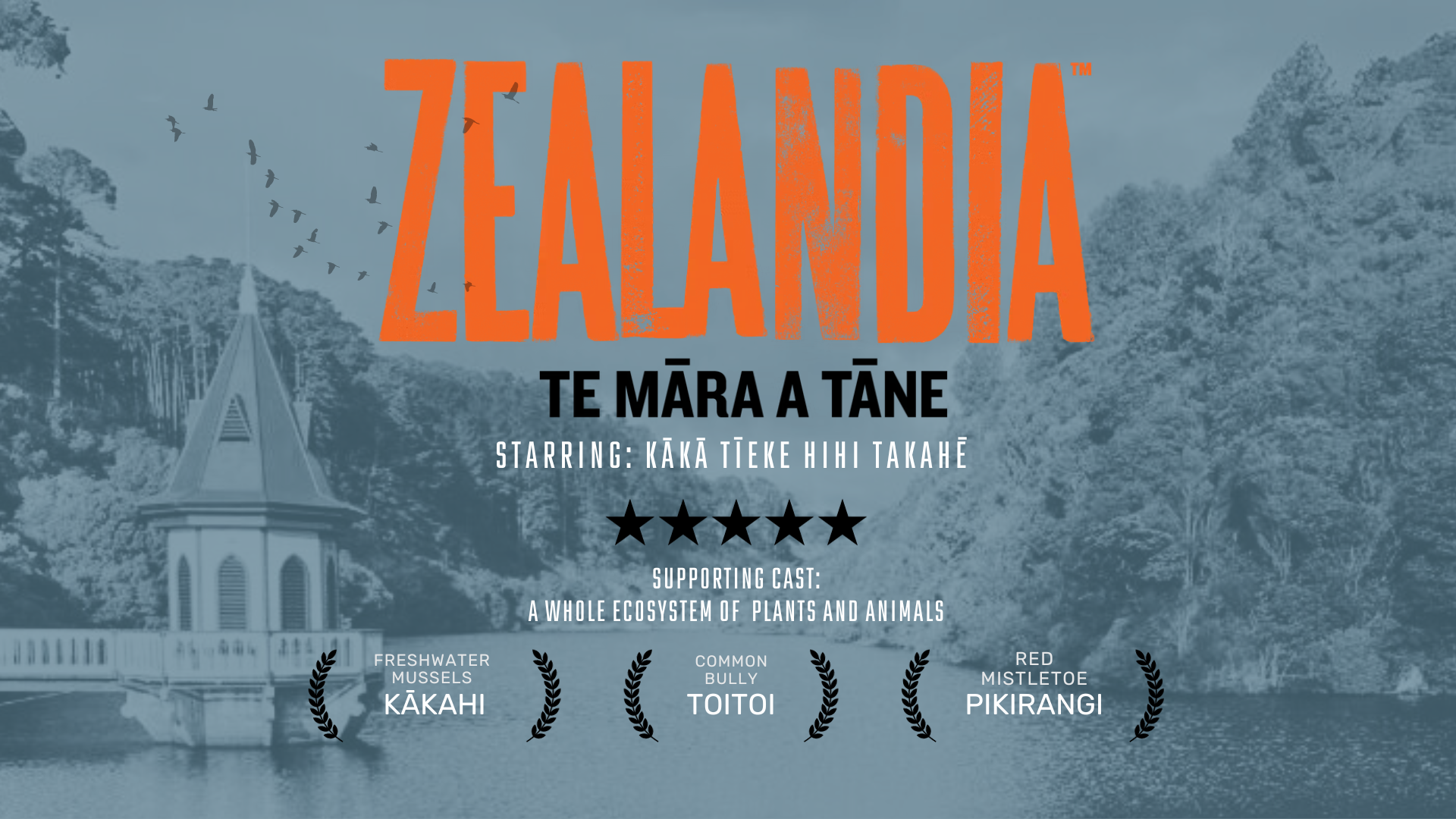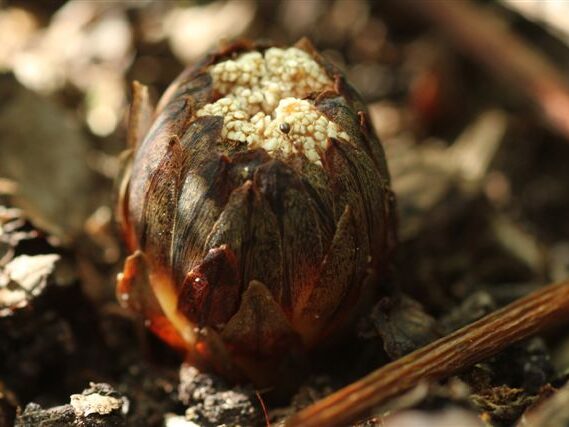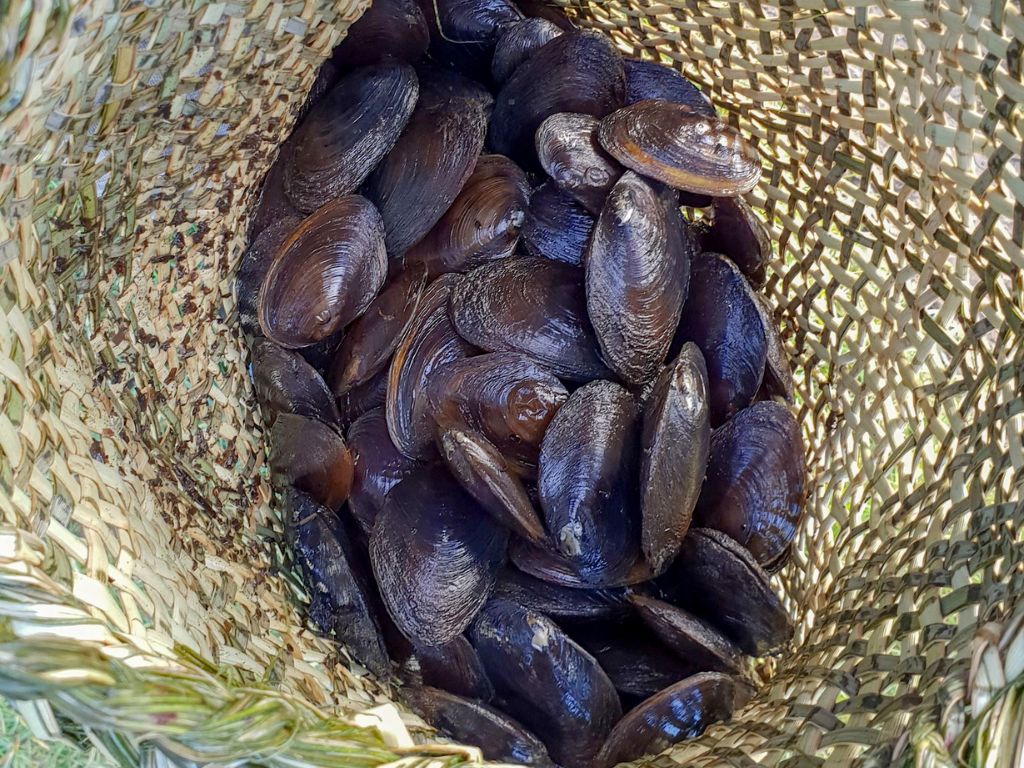At Zealandia Te Māra a Tāne kākā, tīeke and hihi (stitchbird), little spotted kiwi and takahē create a lively canopy and forest floor. But behind the scenes, there is a complex web of connections. In this ecological blockbuster, every species plays a vital part. Zealandia’s senior communication advisor, Gini Letham, explains.

Birds are the recognisable stars that capture our attention with their beauty and charisma, much like celebrities on the silver screen. But, just like famous individuals depend on an entire cast and crew to create a successful movie, birds in New Zealand rely on the whole ecosystem to thrive.
Engineering a healthy ecosystem
At Zealandia Te Māra a Tāne, we have had several pretty unique reintroductions over the last few years, including mistletoe, other epiphytes and ecosystem engineer species like pua o te Rēinga (dactylanthus taylorii) and kākahi (freshwater mussel).
Most recently, we translocated in toitoi (common bully), who, while not threatened, act as the ideal disperser species for juvenile kākahi, who are. These small fish fill an essential niche missing from the Kaiwharawhara catchment.
We are working to fix entire ecosystems, not just bring individual species back. No species exists in isolation; they are all connected with the health of one impacting others in a whole ecosystem.

No sanctuary is an island

The conservation of threatened species doesn’t just end at our fence line. Communities are coming together to plant, trap and be responsible pet owners so we can all restore our cities and create space for these special species to call them home again.
We can’t work in isolation to solve these challenges, and in places like Wellington, we see the direct impact of what many people working together can do.
The improved health of one ecosystem impacts the neighbouring ones. This is our aim with the project Kia Mouriora te Kaiwharawhara Sanctuary to Sea.
The headwaters of the Kaiwharawhara catchment sit within Zealandia Te Māra a Tāne, and there are multiple challenges the catchment faces further downstream. Many species need to move up and down this stream system as part of their lifecycle, so we can’t simply focus on the water within Zealandia without thinking about the rest of the stream.
What next?
Our strategy for the sanctuary is to focus on whole ecosystem restoration, specifically bringing back species from functional groups that might be missing. An ecosystem with all the various elements will be more resilient, and able to adapt to change over time.
This approach allows us to accept that unexpected changes might happen in our ecosystem, but it gives us confidence that it can adapt to new conditions as needed.
We may eventually need to adjust our thinking about what species belong at Zealandia as climatic ranges change, but we will need to address that over time. The important thing we are doing right now is setting this valley up for long-term restoration success.

